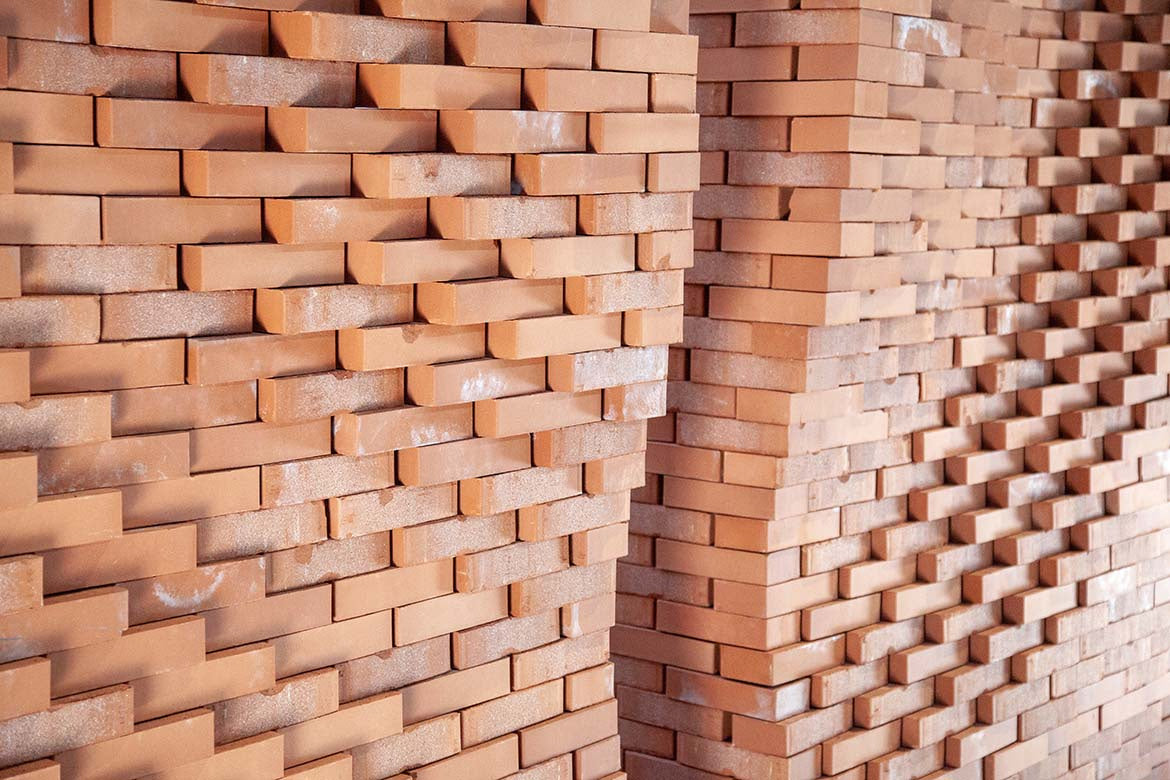
Robot Bricklaying
The craft of masonry has significantly declined due to savings in time and costs associated with modern construction methods. In the Netherlands, stretcher bond and irregular bond are the primary masonry techniques still in use. However, the advent of digital craftsmanship offers a promising alternative to traditional labor-intensive processes through robotic automation. Robotic pick-and-place fabrication systems can accurately position bricks or other stackable materials in diverse patterns, enabling the efficient and precise creation of building elements. This technological advancement has the potential to revitalize masonry by combining the precision of robotics with innovative design possibilities.
Project name_ Robotic bricklaying
Scope_ Research
Conducted at_ Studio RAP Rotterdam
Parametric tools_ Grasshopper ABB tools
Fabrication_ ABB on track with vacuum gripper
Date_ Juli 2019
Location_ Rotterdam Innovation Dock
